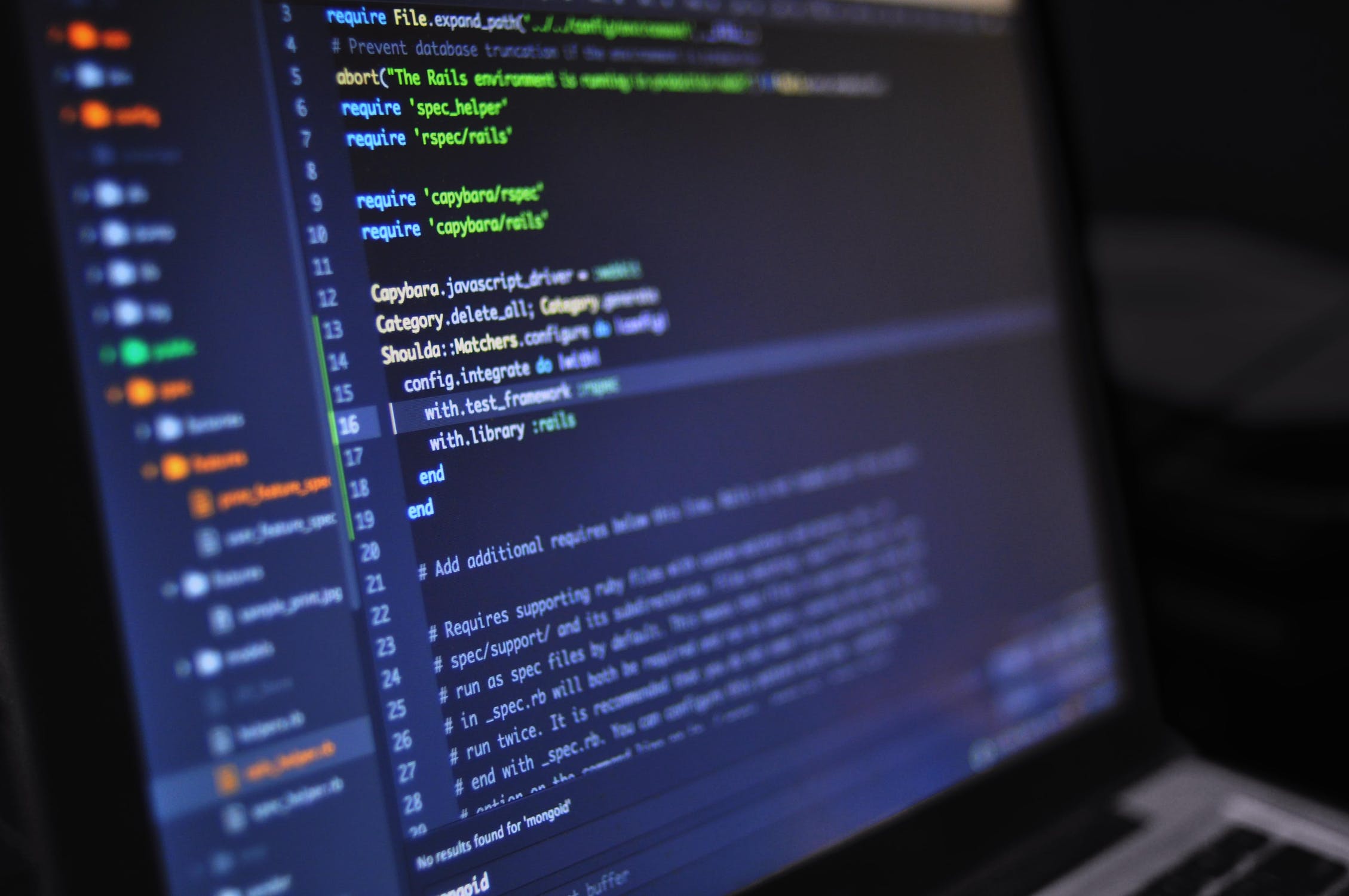
From time to time, it will be necessary for you to invest in upgrading your office and remote working IT equipment. It’s not hard to see why this is. You need to keep up with the times if you hope to be competitive. Sometimes, even investing in a set of new computers can help productivity skyrockets, simply because the added CPU power is bringing staff the files they need in a short a time as possible or helping projects become rendered in half the time that they might have been.
However, despite the excitement of the office gaining a ‘tech facelift’, it’s not uncommon to assume that this can also cause a few challenges. It might be that simple challenges, such as wiping old data from your devices and selling old equipment in a job lot auction is relatively straightforward, if a nuisance. But there can also be other challenges that you might not expect, that might require the help of professionals, or that can easily be fell into if you’re not careful. Let us consider what those are, and of course the solutions you might find as a result:
Security Flaws
When switching your computer systems, upgrading your software packages or even transferring to a new office, there’s a chance cracks in your security will show. This is why it’s so important to use managed IT services to help you make sense of this progression, and you can click here for more info as far as that is concerned. We would also recommend you update user accounts, port important information across or serialize new passwords to be held by your office as long as the transition is in effect. On top of this, only connecting new computing devices to the internet when security measures have been fully put in place can be very important.
Data Loss
Backing up all your data through careful cloud uploads, backing up onto storage discs and USB sticks as well as having staff make a copy of their pertinent information is important. Using secure services to transfer physical data over to the new location, or spending time backing up and downloading sensitive documents when once again set up in the new location can help you avoid data loss in the move, permitting your business to function once again from the normal platform you were hoping to utilize.
Safety
IT measures are not all virtual. Real cables and wires, servers with ventilation needs and workstation fire safety are all important to keep into account. This means that when transitioning between offices when upgrading your physical systems or trying to optimize the workflow of your business, keeping a solid mind for safety is important. You can train this through the use of careful safety dialogue, as well as adhering to best and slow disassembly practice. On top of that, ensuring that the new environment is perfected before the transition can help you avoid any worrying occurrences later on.
With this advice, we hope you can avoid the majority of potential +issues when upgrading IT equipment.


